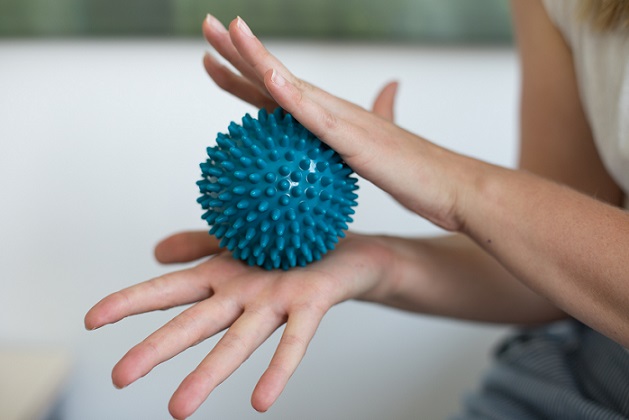
Trauma therapy for children and adolescents

Project partners
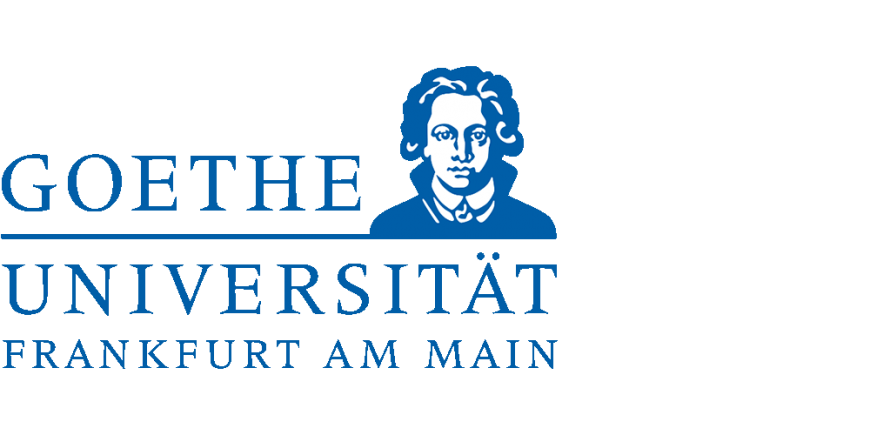
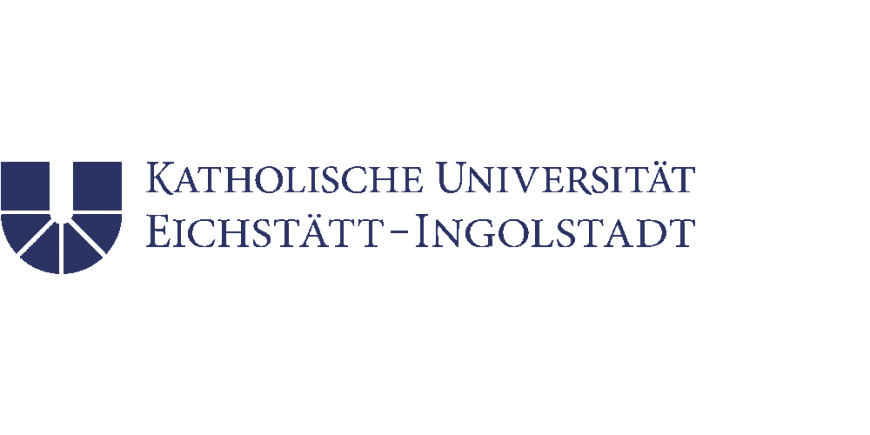
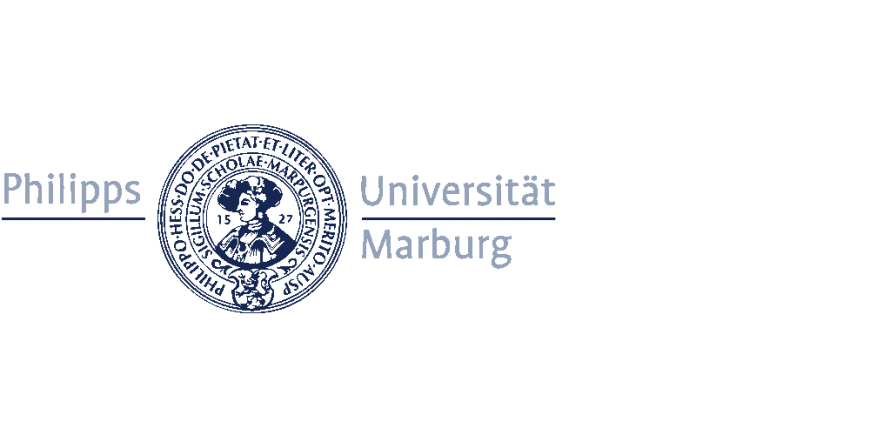
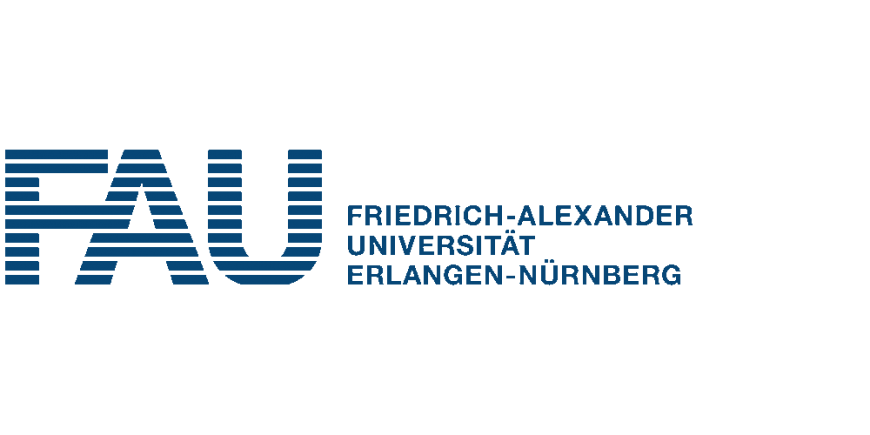
There are different approaches to treating post-traumatic stress disorder. In general, studies show that specific treatment of trauma-related symptoms can help many sufferers. Before starting treatment, it is important to clarify the symptoms precisely. After all, trauma-focused therapy is particularly necessary when short-term stress reactions after a trauma become very serious and chronic. To a certain extent, stress reactions after trauma are quite natural and often decrease on their own. But there are also children and adolescents in whom the trauma-related reactions are strong or do not subside – this often also depends on the type, severity and duration of the trauma. In these cases we recommend trauma-focused psychotherapy.
The contents of the treatment can vary – in general, good results have been achieved with behavioral therapy methods, so the guidelines recommend this form of treatment. Important elements of these forms of treatment are, for example, information about the typical consequences of trauma in childhood and adolescence and the identification of connections between the symptoms of post-traumatic stress disorder and everyday problems. Methods for reducing everyday stress are worked out with the affected children and adolescents. The children and adolescents learn what helps to reduce the stressful thoughts and memories of the traumatic experiences. Meetings are also held with the caregivers so that they have the opportunity to support the young person in psychotherapy.
In our “BESTFORCAN” project, we want to make a scientifically well-researched and proven therapy method for the treatment of traumatized children and adolescents in Germany accessible to many affected children and adolescents. This treatment method, the TF-KVT (trauma-focused cognitive behavioral therapy), is intended to be imparted to resident child and adolescent psychotherapists as well as child and adolescent psychotherapists in training with the help of step-by-step training. As part of the project, those affected are referred to these specifically trained child and adolescent psychotherapists by paediatricians and employees of child and youth welfare.
